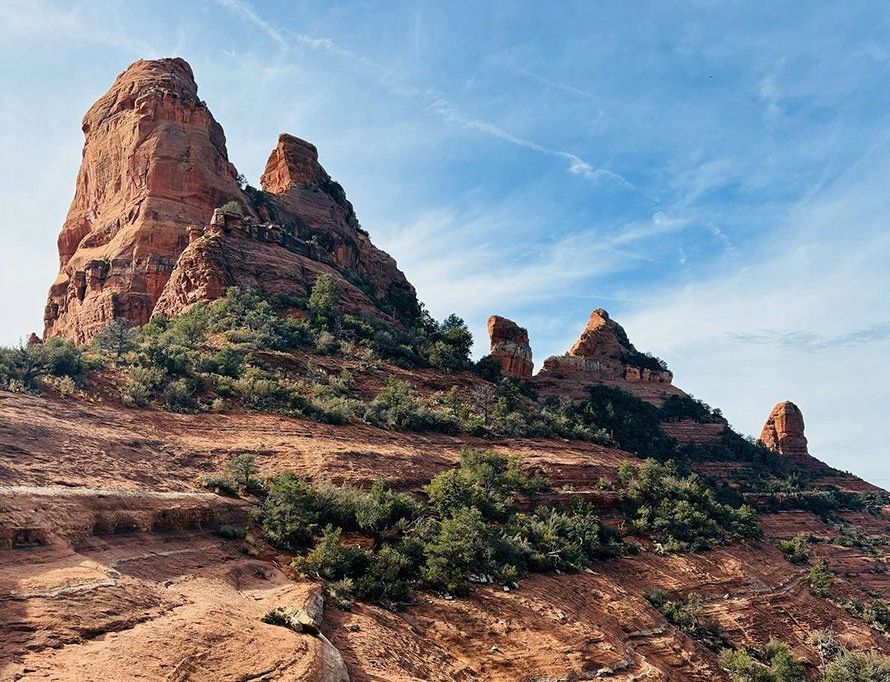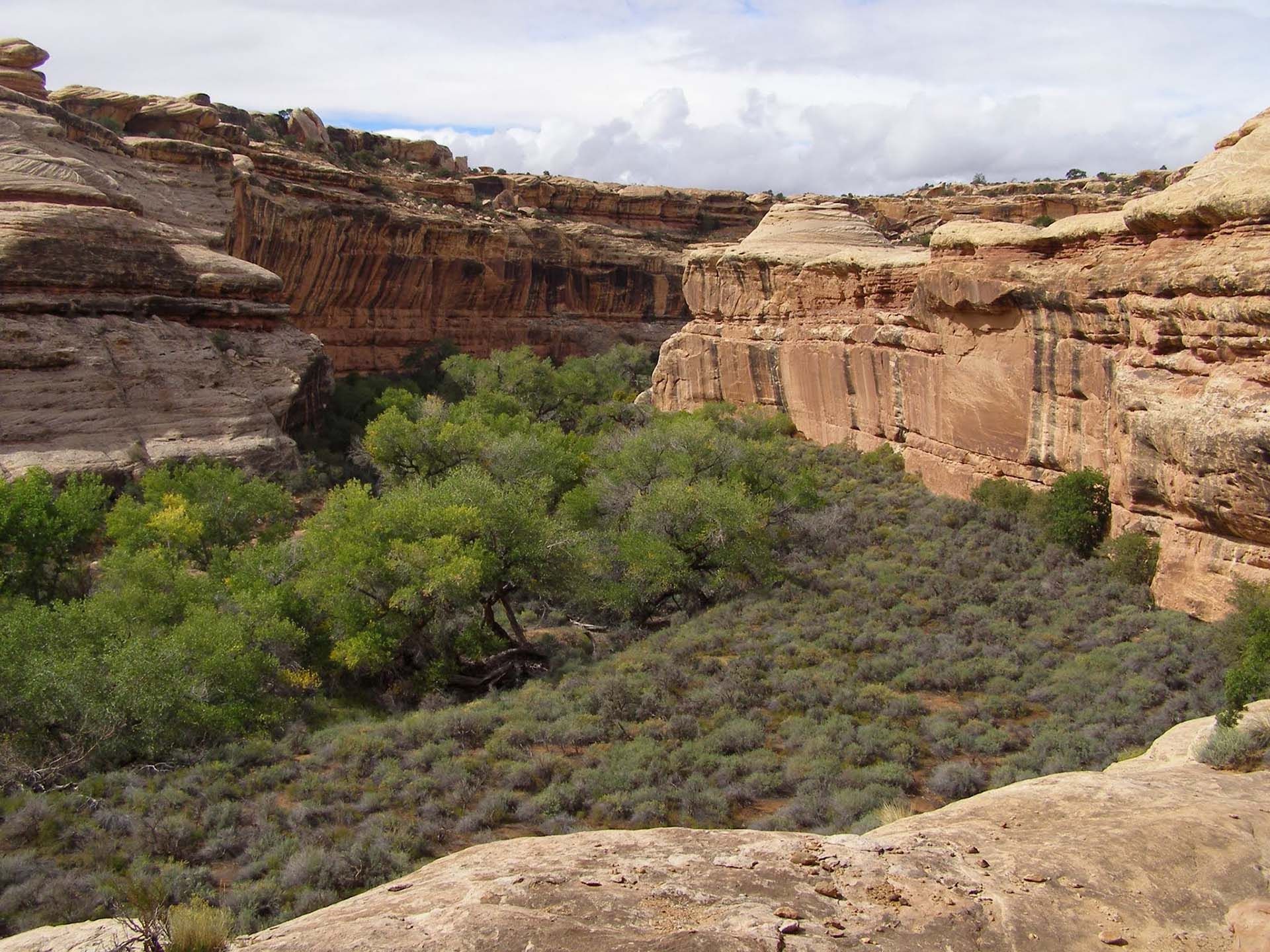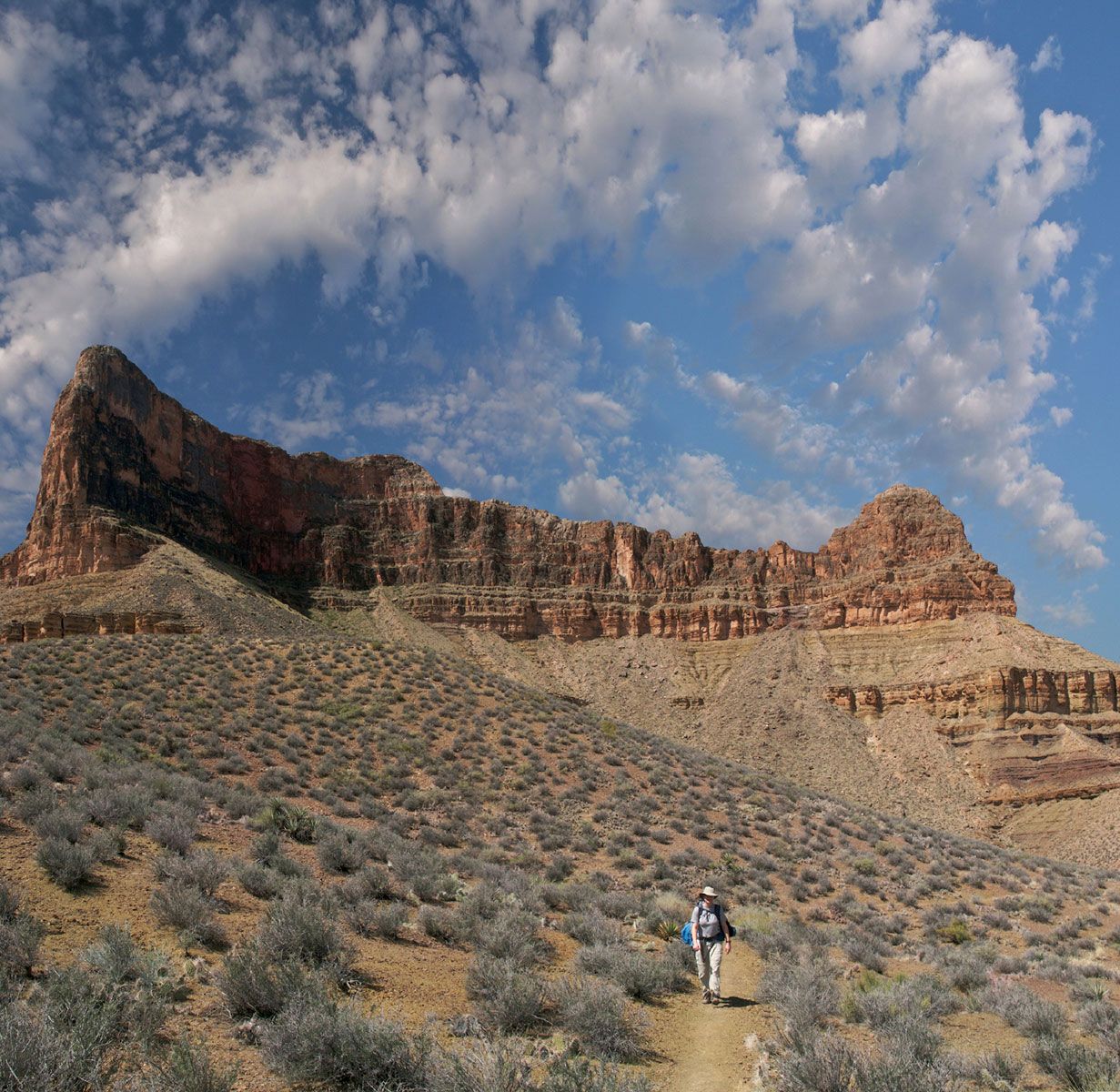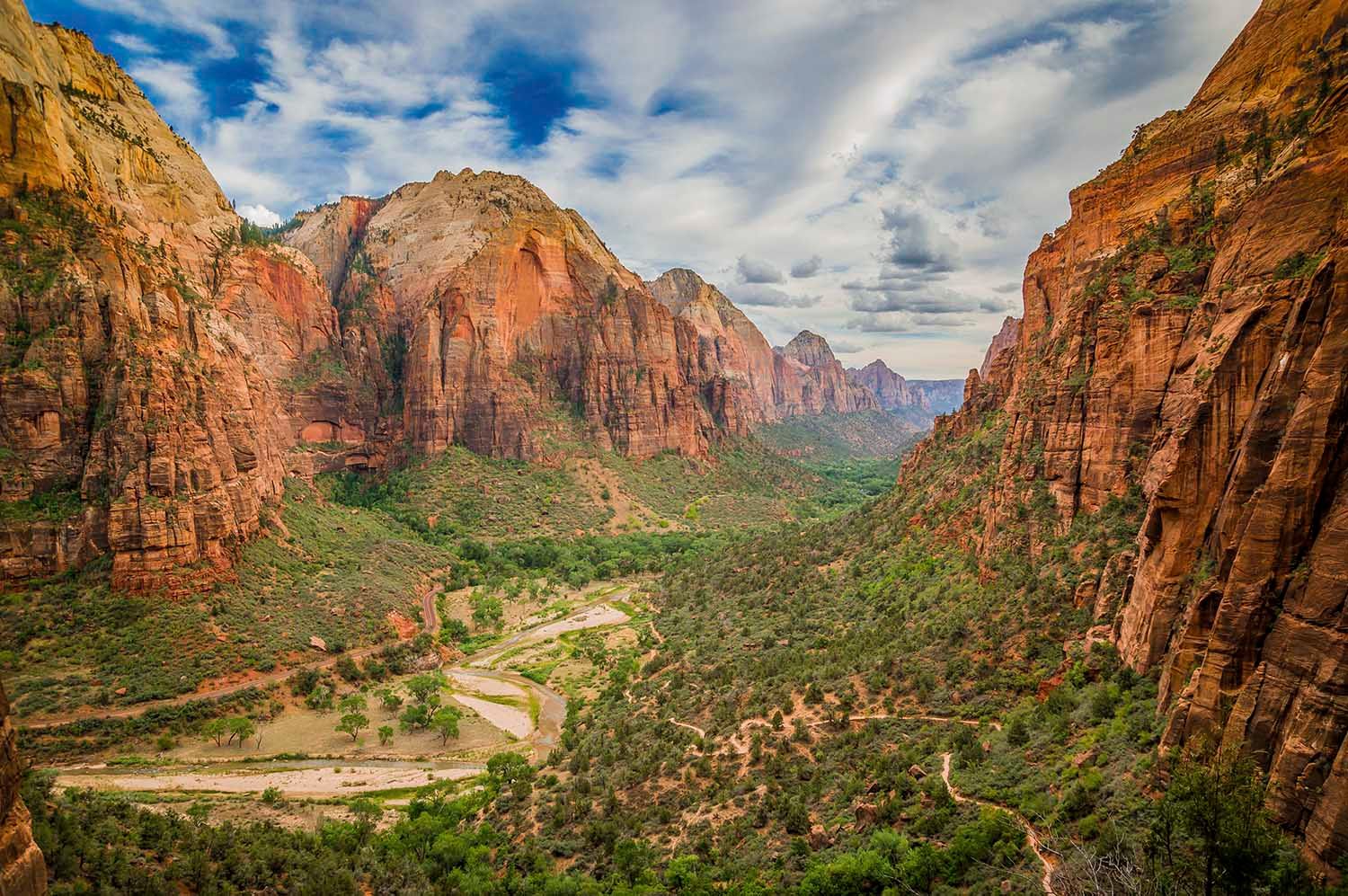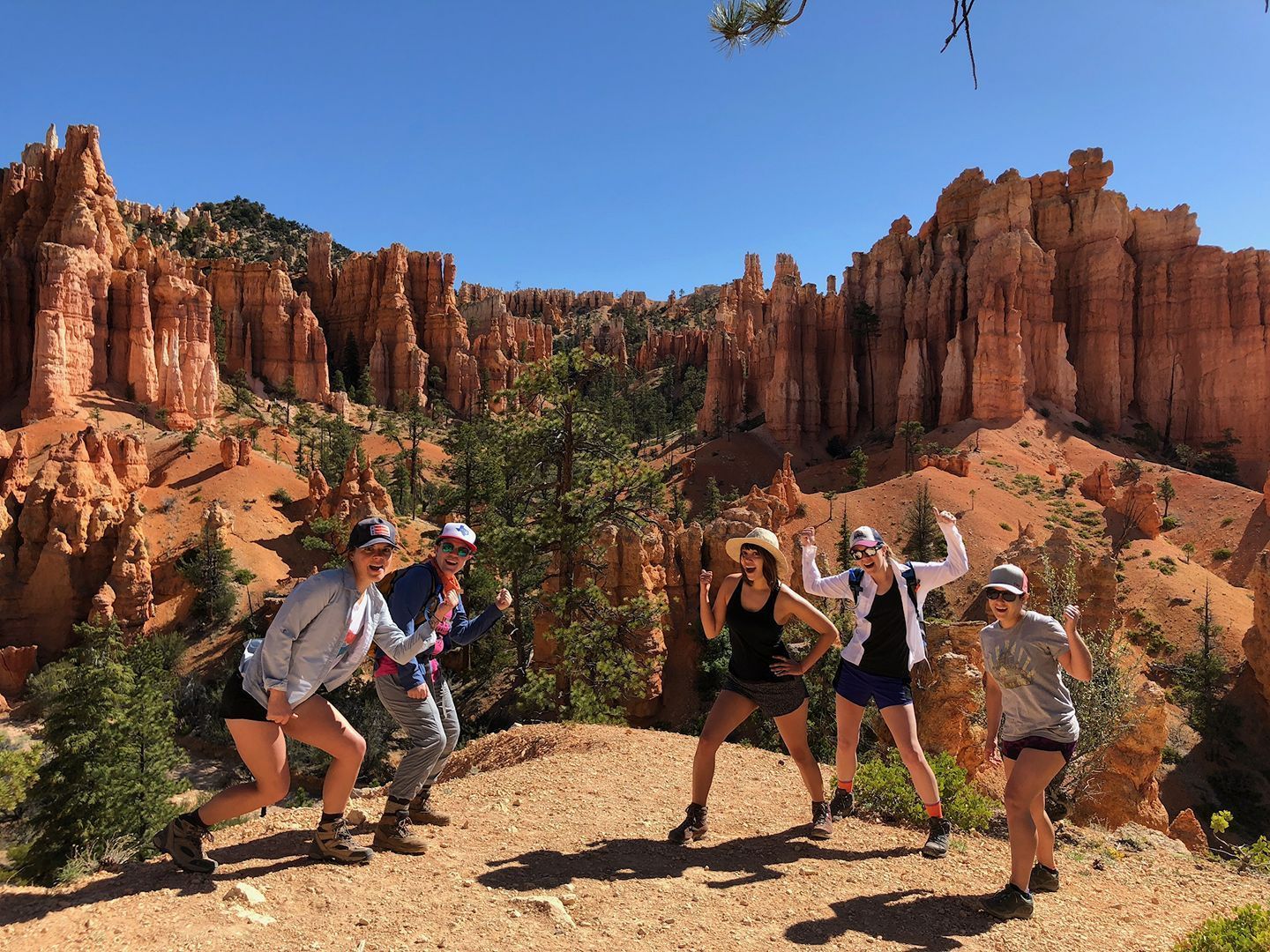Backpacking Vacations In Winter, Part 2: Gear & Other Essentials
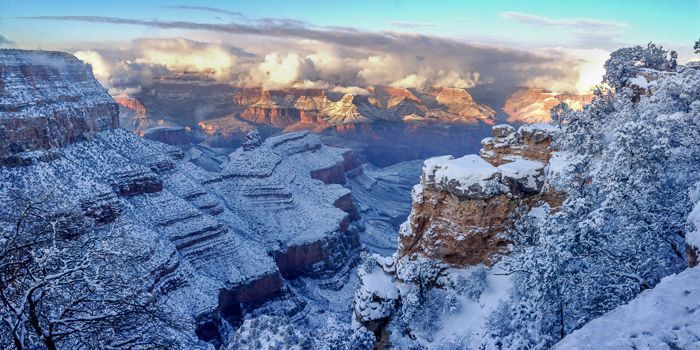
Backpacking vacations in the winter months can be not only fun, but very rewarding. Most popular backcountry areas are free of the peak-season crowds leaving you to experience these fabulous destinations in peace, quiet, and exquisite solitude. And despite the short days and longer, chilly nights, with proper planning and the right clothing and equipment, you can experience the great outdoors in great comfort.
We covered clothing in Part 1. Now it’s time for gear and other essentials. Again, staying warm and dry is the name of the game so let’s see what we need to accomplish this.
Tents- Backpacking tents tend to come in two main varieties: 3-season and 4-season. If you’ll be experiencing real cold (temperatures below about 10˚F) and considerable snow and/or wind then the 4-season tent is the best choice. Otherwise, a quality 3-season tent will certainly do the job. A roomy vestibule is a great feature as it will allow room for your boots and backpacks to stay out of the elements. If pack weight is less important than having ample space, then consider a 3-person tent for 2 people. With all the extra clothing and ‘stuff’, you’ll be much happier in a roomier tent. A little extra elbow room is nice, especially on long nights! Finally, be sure it has adequate ventilation to help limit the build-up of condensation inside.
Backpacks- Winter camping means more clothing, food, and fuel. Cold weather clothing and sleeping bags tend to be bulkier so they’ll take up more space. Therefore, a bigger backpack will be needed. You’ll want something about 4000 cubic inches (65 liters) or larger. Pack covers are nice for keeping your pack dry but consider lining the entire inside of your pack with a large contractor trash bag to ensure everything stays dry. It works better and costs less than a pack cover.
Sleeping Bags- Don’t skimp here! Nights are long and can be cold so you’ll want a good quality bag. Get a sleeping bag that’s rated at least 10 to 15 degrees lower than the coldest temps you expect to encounter. Keep in mind that sleeping bags tend to lose their warmth with extended use so that old 15 degree bag might only be good to about 30 degrees these days. Down sleeping bags will always offer a better warmth to weight ratio than synthetic fill but you’ll pay top dollar for that benefit. Newer sleeping bags often have a water-resistant exterior which is an important factor since condensation can be a real issue when camping in winter.
Sleeping Pads- You’ll need plenty of insulation between you and that frosty ground or you’re going to freeze. Air mattresses are all the rage these days and offer excellent insulation and comfort. Add a ¾ length closed-cell foam pad (it weighs nothing!) into the mix for sitting on around camp. It offers an emergency backup if your inflatable gets punctured.
Helpful Hints:
– Hot and hearty meals are the flavor of each day! Your body will need plenty of fuel and hot meals will warm you from the inside out. Cheese and butter hold up well in the cold and provide slow-burning fats to keep you toasty through the night. Soups are fantastic appetizers to warm you up. Try miso or chicken noodle for quick and easy warm-ups!
– Drink water!!! It’s too easy to brush this aside when it’s cold outside but hydration is just as important in winter as it is in warmer months. Dehydration contributes to fatigue and prevents your body from performing well and keeping you warm. I know it’s hard drink when you’re water is cold, but it’s very important.
– Make sure your headlamp has new batteries and some backups. Long nights mean you’ll be keeping the lamp lit longer.
– Bring a book or a fun travel game for evening entertainment through those long nights.
– Just like with your clothing, don’t be cheap! Spend the extra money to get high-quality gear designed for winter conditions.
– Try filling your water bottle with hot water before going to bed. Slip it inside your sleeping bag for a nice little heater to keep you toasty. Make sure the lid is fastened tight!!!
– Choose your campsite wisely. Avoid valley bottoms and large meadows where cold air tends to settle. Consider a spot that offers shelter from wind. And a south facing view will see the sun earlier in the morning (assuming you’re in the northern hemisphere).
About Four Season Guides: Since 1999, Four Season Guides has been a leading source for guided Grand Canyon hiking and backpacking tours. FSG also offers fully guided tours in Zion, Bryce Canyon, Grand Staircase-Escalante National Monument, and the famous Havasu Falls. For additional information on over 40 different guided hiking tours, visit www.fsguides.com.
Four Season Guides, 506 N Grant St suite o, Flagstaff, AZ 86004, United States
+19285251552
35.19653980, -111.62000560

